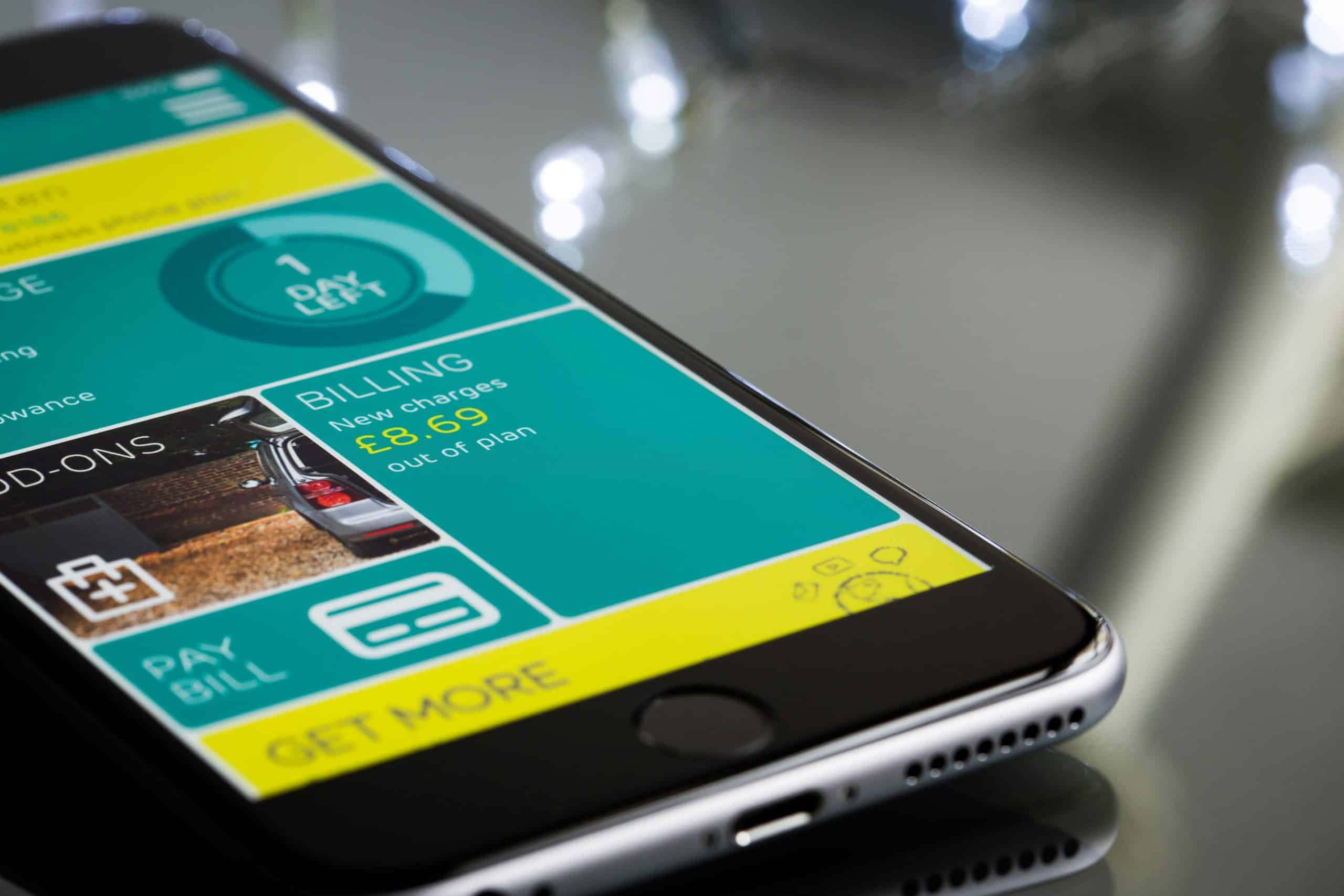
In today's digital age, mobile payments have become an integral part of retail businesses. With the rise in online shopping and the need for seamless transaction methods, many UK-based retail businesses are exploring mobile payment solutions. This article delves into the essential steps in developing a robust mobile payment solution to enhance customer experience and operational efficiency.
Before diving into development, it's crucial to understand the current mobile payments landscape. The UK has seen a significant shift towards digital payments, driven by the increasing adoption of smartphones and digital wallets. With more customers preferring to use their mobile devices for transactions, businesses must adapt to new payment methods to stay competitive.
A lire aussi : How Can a London-Based Recruitment Firm Use Data Analytics to Match Candidates with Employers?
Mobile payments are not just about convenience; they also encompass security, data protection, and customer trust. Digital payment solutions need to be secure and compliant with regulations, ensuring that customer data remains protected. Additionally, the variety in payment options such as credit cards, mobile wallets, and cross-border payments means businesses must cater to diverse customer preferences.
Understanding these fundamentals is the first step in developing a mobile payment solution that meets the needs of both businesses and their customers.
Cela peut vous intéresser : Unlock cost-effective travel strategies with a business travel consultant
The next step involves identifying your business requirements and goals. What do you aim to achieve with your mobile payment solution? Are you looking to reduce payment processing times, improve customer satisfaction, or cater to international customers through cross-border payments?
Your goals will influence the type of payment system you develop. For instance, if your target market involves international customers, you would need a payment gateway that supports multiple currencies and cross-border transactions. On the other hand, if your primary focus is on improving customer experience, you might invest in a mobile app with a user-friendly interface and quick transaction features.
By clearly defining your business needs and objectives, you can better align your payment solutions with your overall business strategy.
Selecting the appropriate technology and payment gateway is crucial in developing a mobile payment solution. The choice of technology will impact the performance, security, and scalability of your payment system.
Additionally, consider the development aspect. Will you be building the solution in-house, or will you outsource to a specialized payment processor? If you choose to develop in-house, ensure that your team has the necessary expertise in payment system development. Alternatively, partnering with a reputable payment processor can provide you with ready-made solutions that can be customized to your needs.
Once you have identified your business needs and chosen the appropriate technology, the next step is development and testing. This phase is critical as it involves turning your ideas into a functional mobile payment app.
Testing is an ongoing process. Even after the initial launch, continuous monitoring and updates are necessary to keep the app running smoothly and securely.
With the development and testing phases complete, the final step is launching and marketing your mobile payment solution. A successful launch involves more than just making the app available to users; it requires strategic planning to ensure widespread adoption and engagement.
A successful launch can significantly impact the adoption rate of your mobile payment solution. By combining a solid marketing strategy with excellent customer support, you can encourage more users to embrace your new payment system.
Developing a mobile payment solution for a UK-based retail business involves several crucial steps, from understanding the market landscape to identifying business goals, choosing the right technology, and ensuring thorough development and testing. By following these steps, you can create a secure, efficient, and user-friendly mobile payment solution that meets the needs of your customers and enhances your business operations.
The adoption of mobile payments offers numerous benefits, including faster transaction processing, improved customer satisfaction, and the ability to cater to a global audience through cross-border payments. With the right approach, your retail business can leverage mobile payments to stay competitive in today's digital economy.